
Pyogenic granuloma, also known as granuloma annulare, is a benign medical condition. The very name of the condition is quite inappropriate because the skin lesion is neither a granuloma nor it is pyogenic. This is actually an acquired vascular tumor affecting the skin and mucous membranes. It develops in a form of a rapidly growing vascular papule/nodule. The skin lesion may affect previously damaged skin (e.g. a penetrating injury) or develops spontaneously. Pyogenic granuloma is frequent among infants and older children. In adults it predominantly affects pregnant women.
Pyogenic Granuloma Pathophysiology
Pyogenic granuloma is either localized or generalized and may be also perforating or subcutaneous. Unlike localized, generalized and perforating pyogenic granuloma, all of which resemble, subcutaneous form of the disease is a bit different. It develops in a form of deep dermal/subcutaneous nodule which lies near or even on the periosteum. This type of pyogenic granuloma most frequently forms on the feet, lower legs, forearms, hands, finger, scalp and forehead.
The actual cause of pyogenic granuloma remains mystery. Why angiogenesis occurs and its potential triggers are questions that need a lot of further research. The condition is, however, sometimes connected with the diseases such as diabetes mellitus, necrobiosis lipoidica diabeticorum and rheumatoid arthritis.
Management of Pyogenic Granuloma
Patients suffering from pyogenic granuloma may not have to face any problem regarding this skin condition. Small pyogenic granulomas withdraw spontaneously.
However, some of patients report bleeding from the granuloma. This particularly affects people in whom pyogenic granuloma forms inside the oral cavity. If the bleeding occurs, it can be controlled by direct pressure. It is essential to secure the airway and prevent entrance of blood into the respiratory tract. These measures can be performed in the prehospital setting while further treatment continues after hospitalization. Severe bleeding requires IV access.
Emergency department care is generally not necessary because spontaneous resolution is a common outcome. But, people with severe bleeding need further treatment. They receive a Vasoconstrictor packing such as cocaine or tetracaine with adrenaline. Refractory or recurrent bleeding is brought under control with sclerotherapy performed by direct injection of sodium tetradecyl sulfate.
Lesions that are prone to bleeding as well as unsightly pyogenic granulomas can be efficiently treated with surgical excision. Electrodessication, curettage, chemical cauterization are several more treatment options.
The most serious problem when it comes to surgical removal or pyogenic granuloma is scarring. Furthermore, there is a possibility of the lesion to return. This happens only if the entire granuloma was not removed during the initial surgical care.




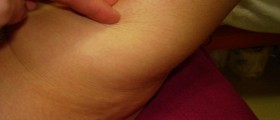
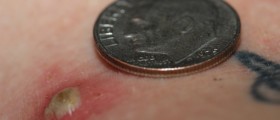
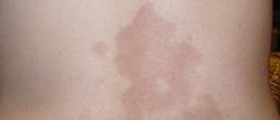
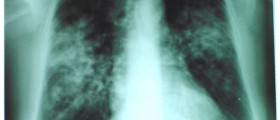
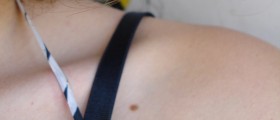



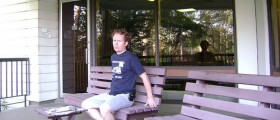

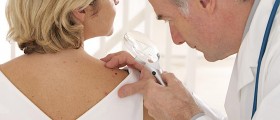


Your thoughts on this
Loading...